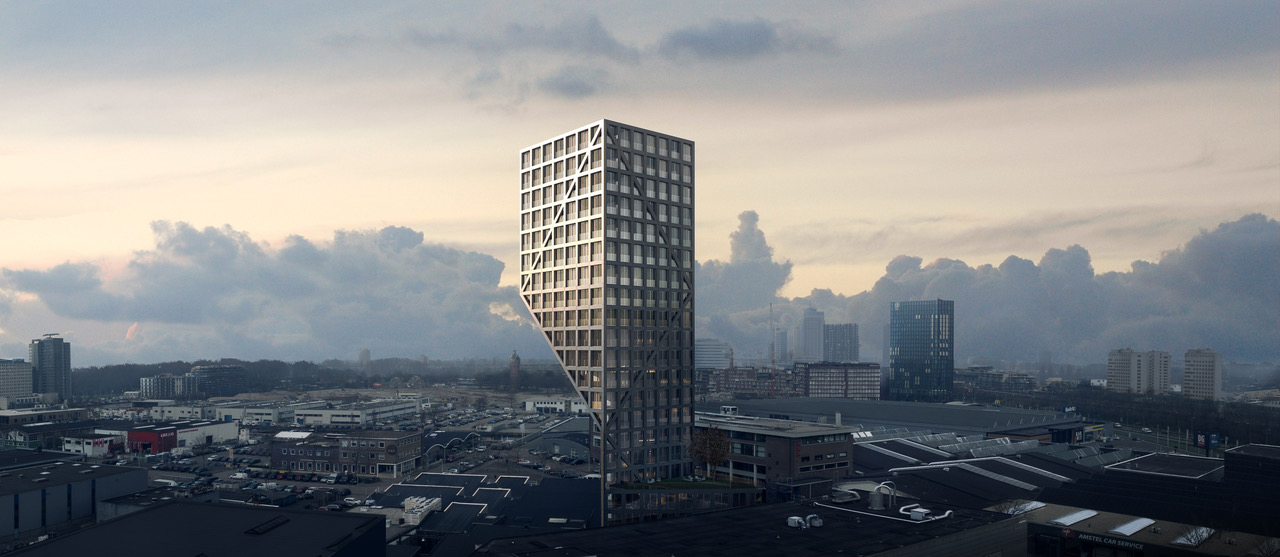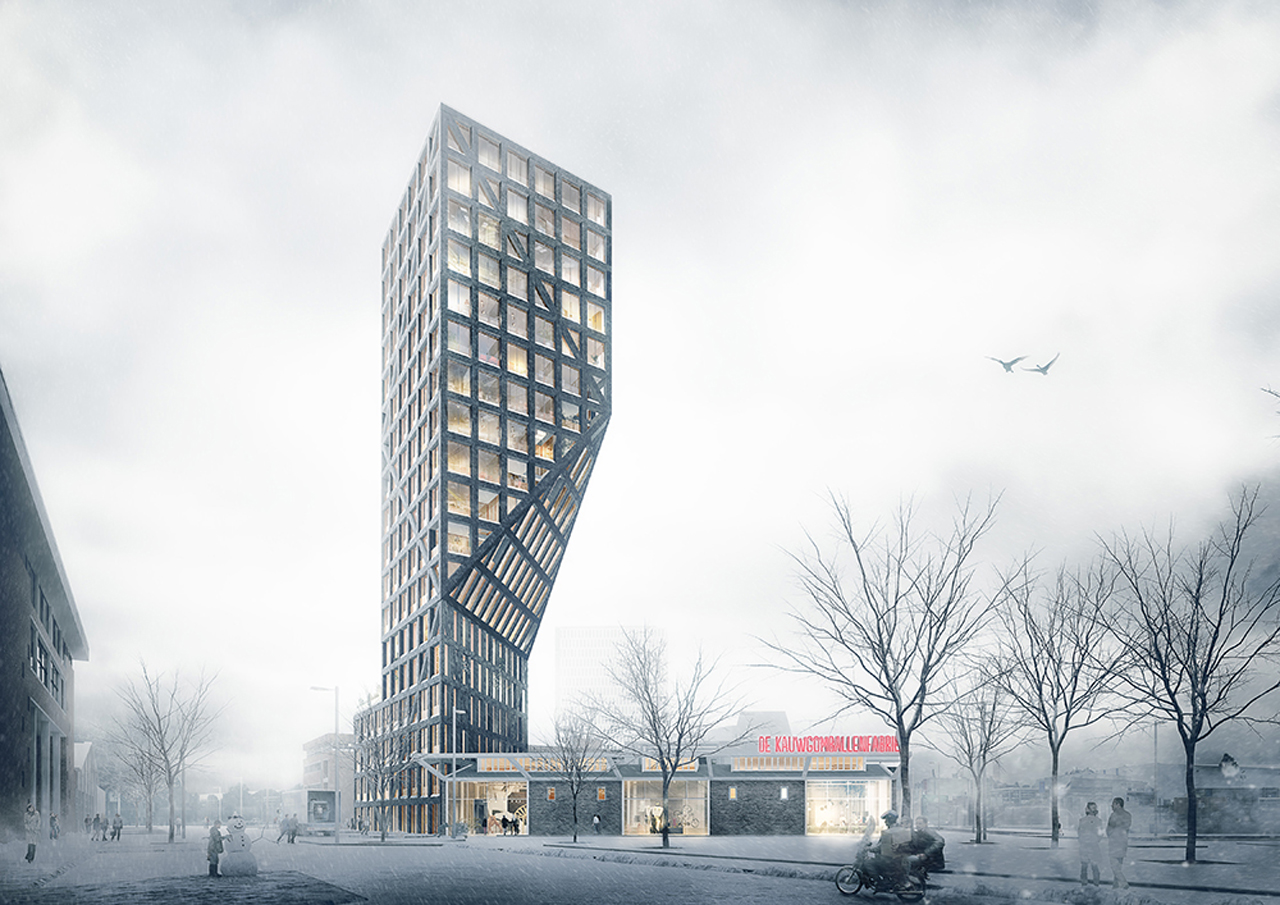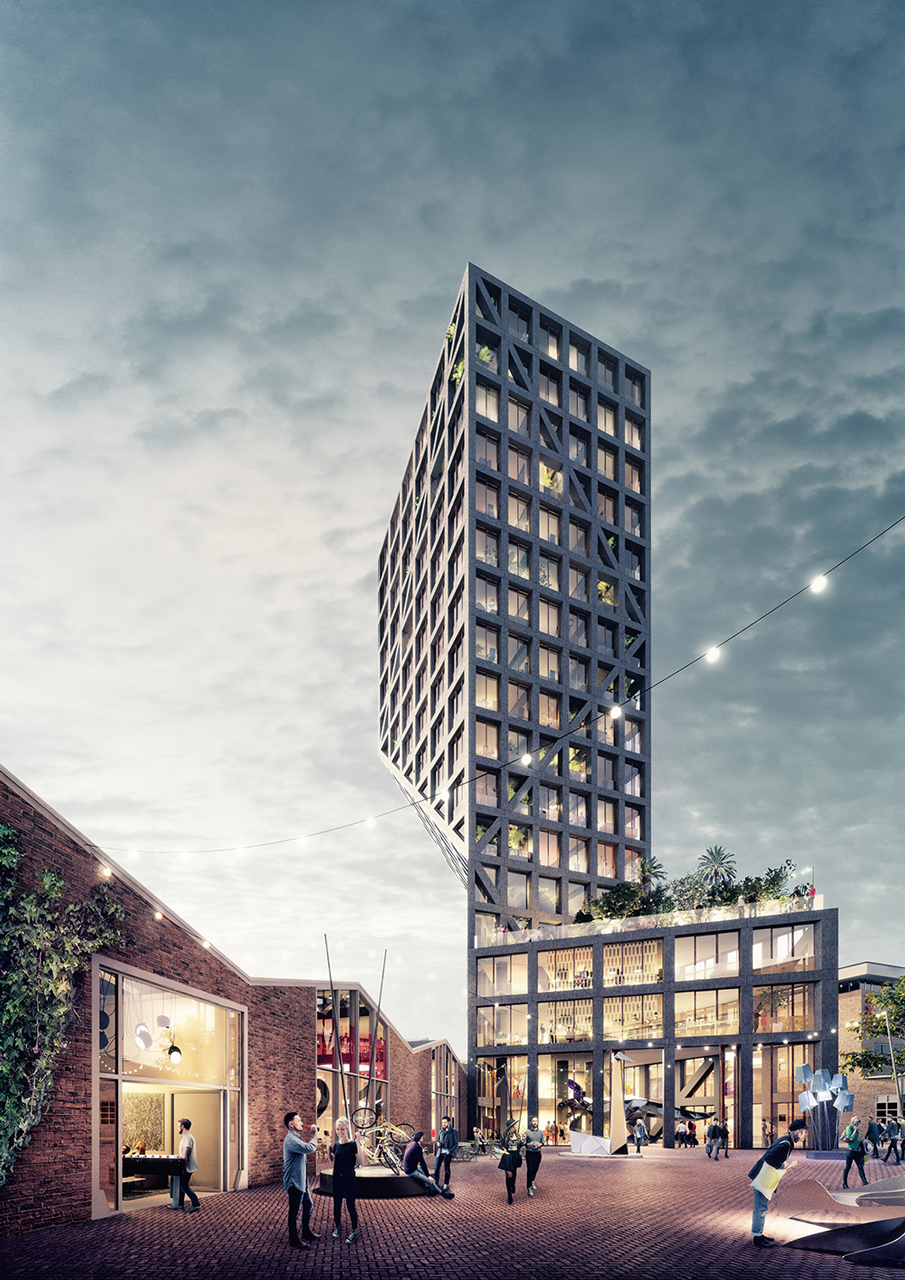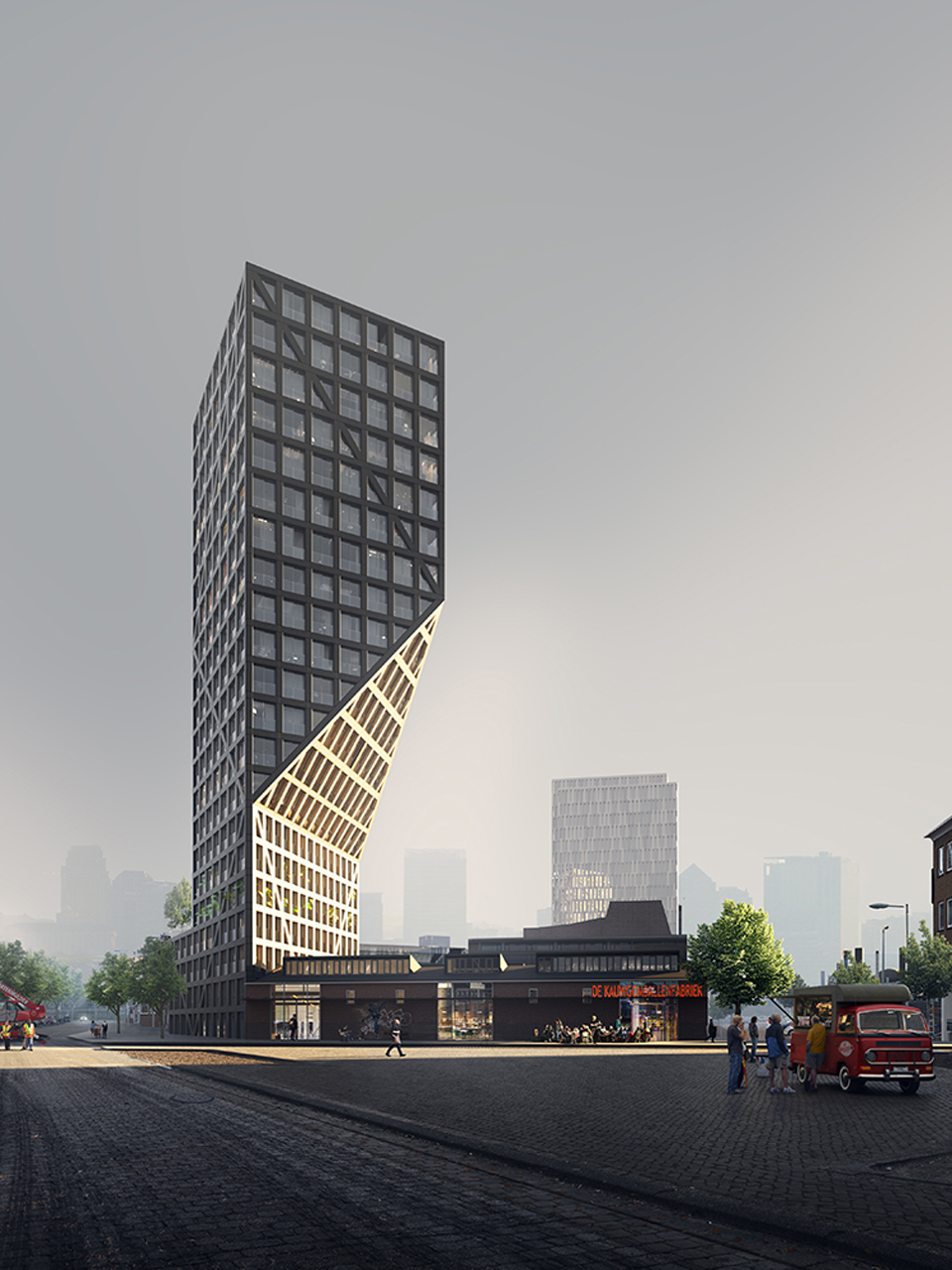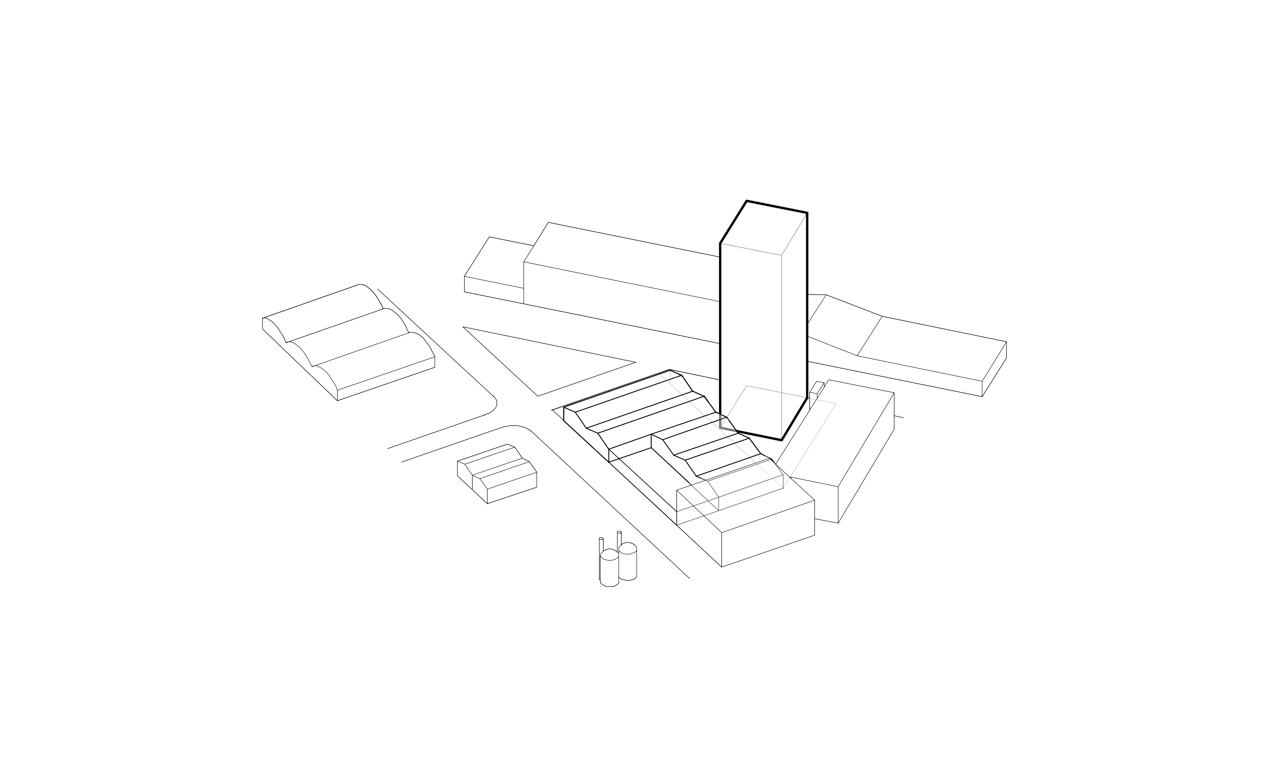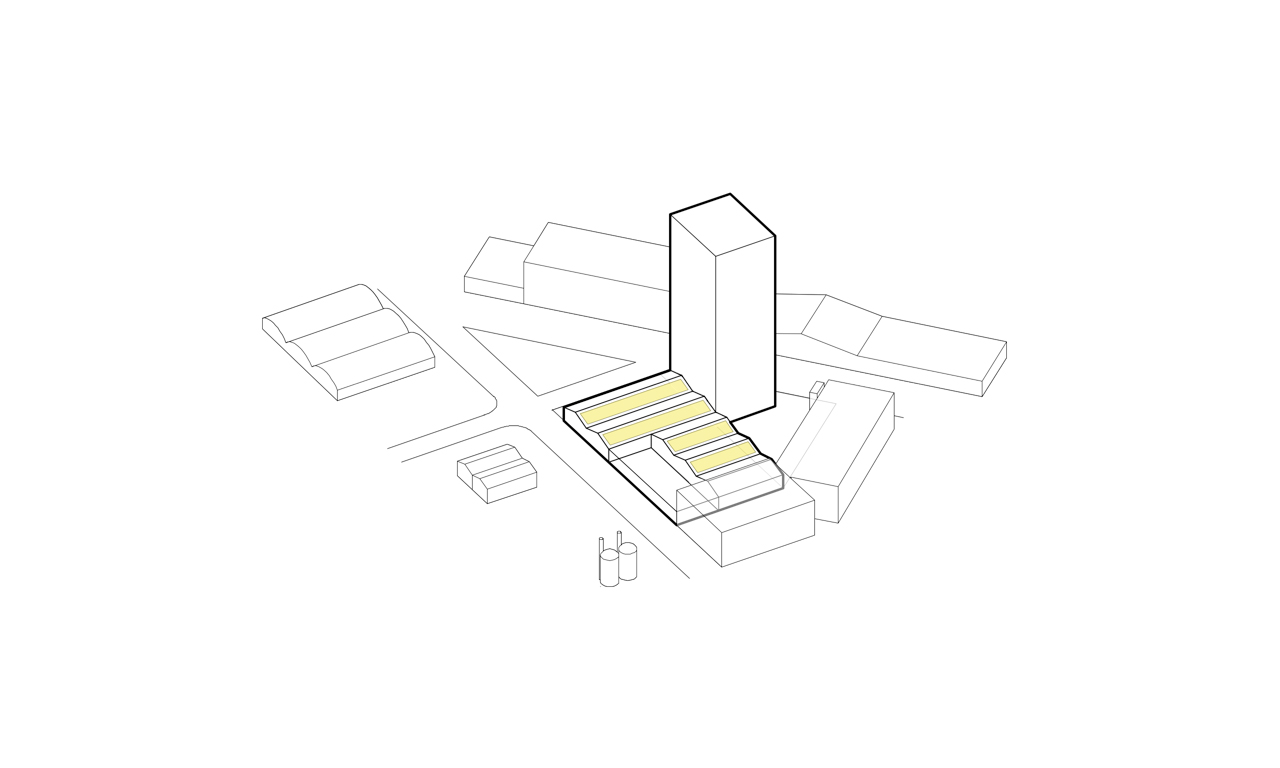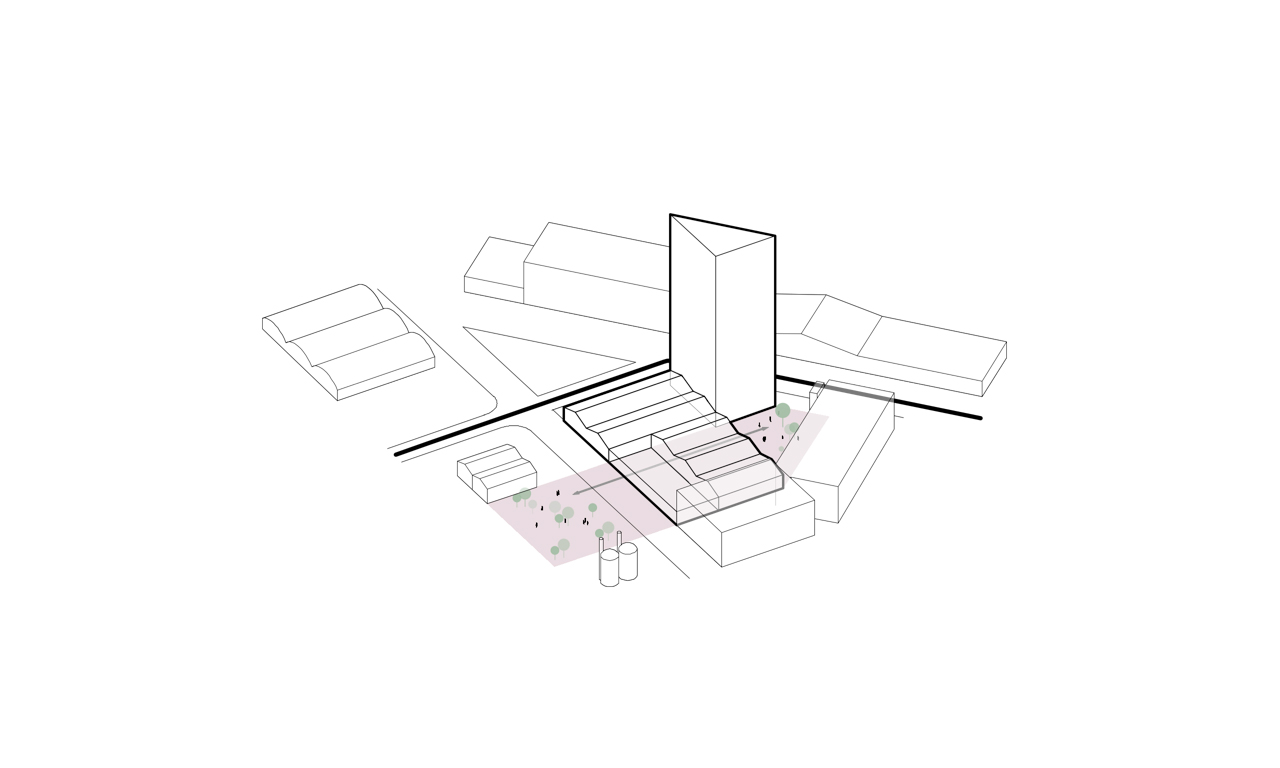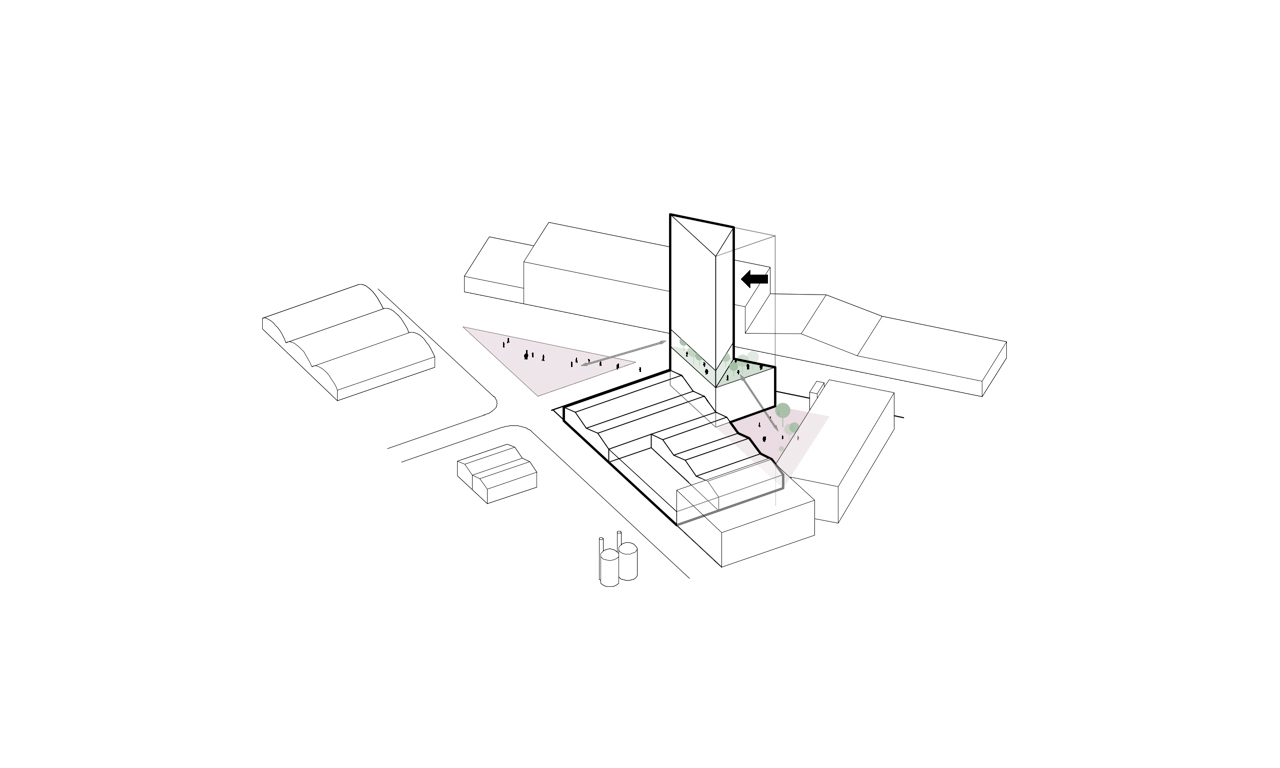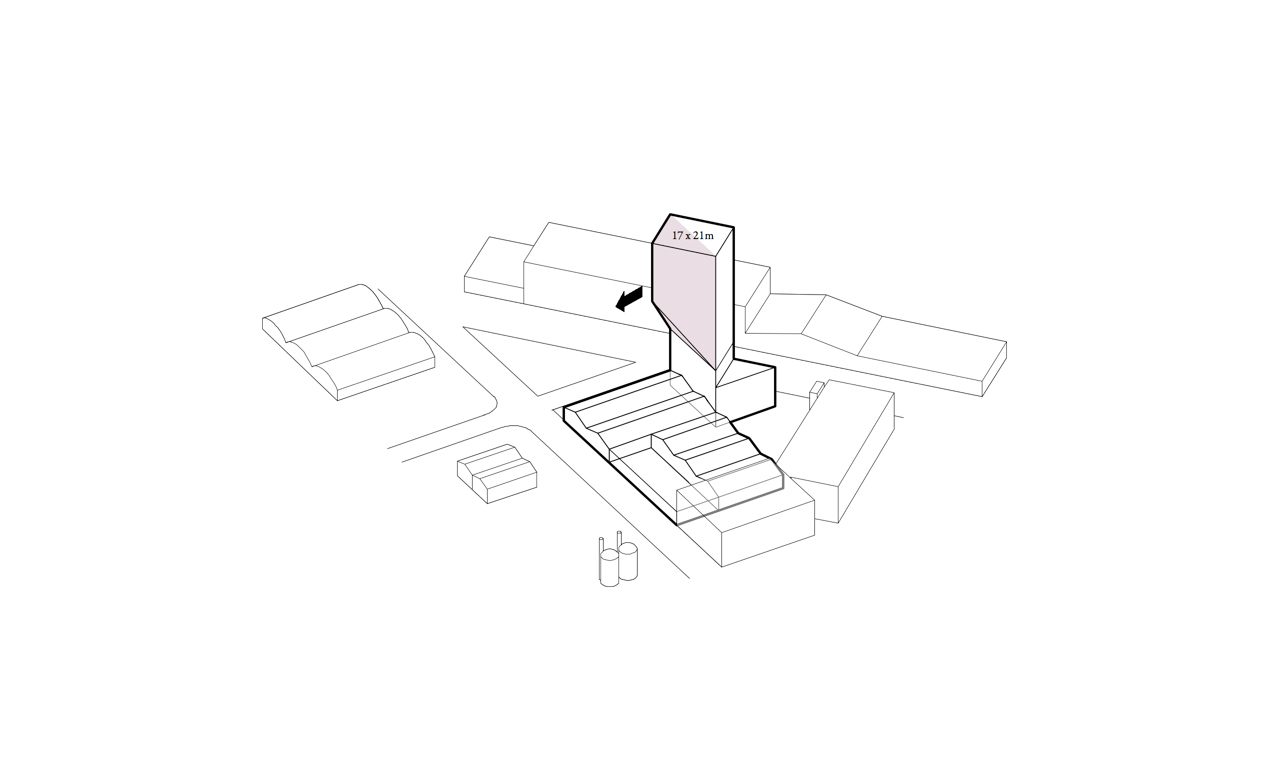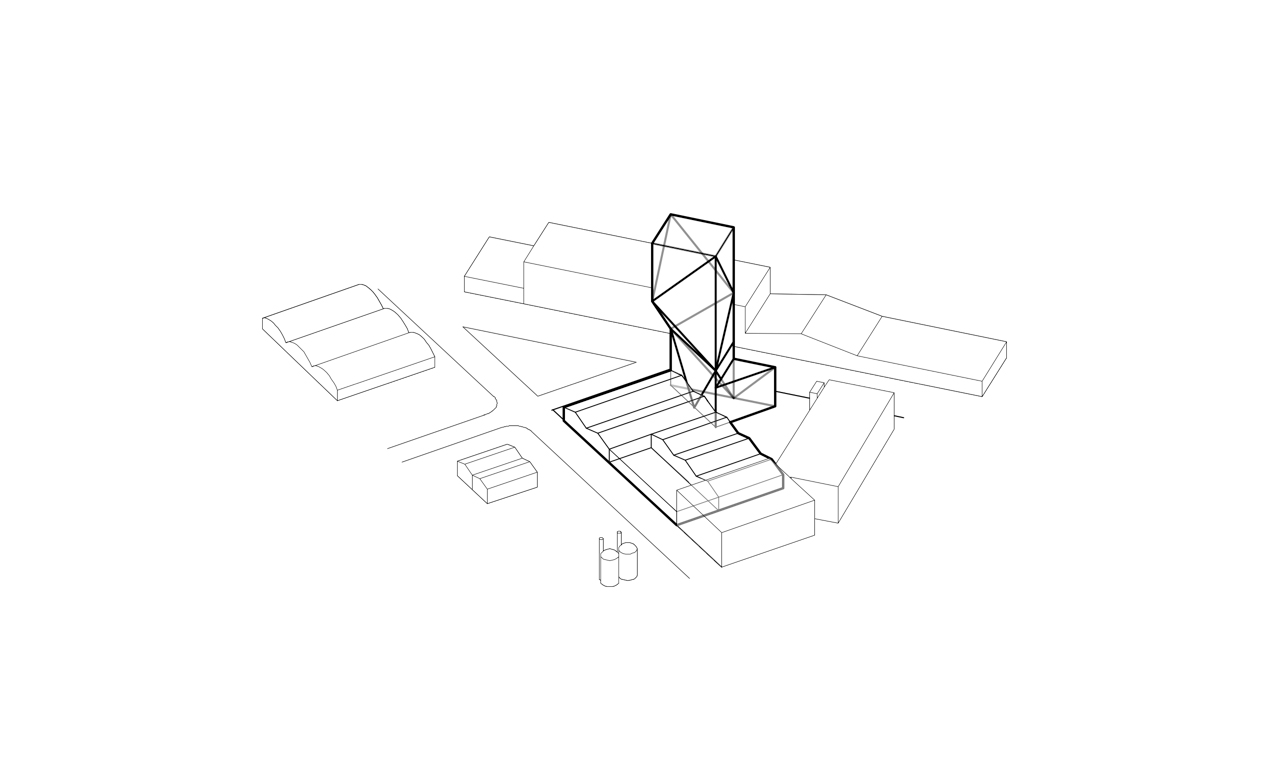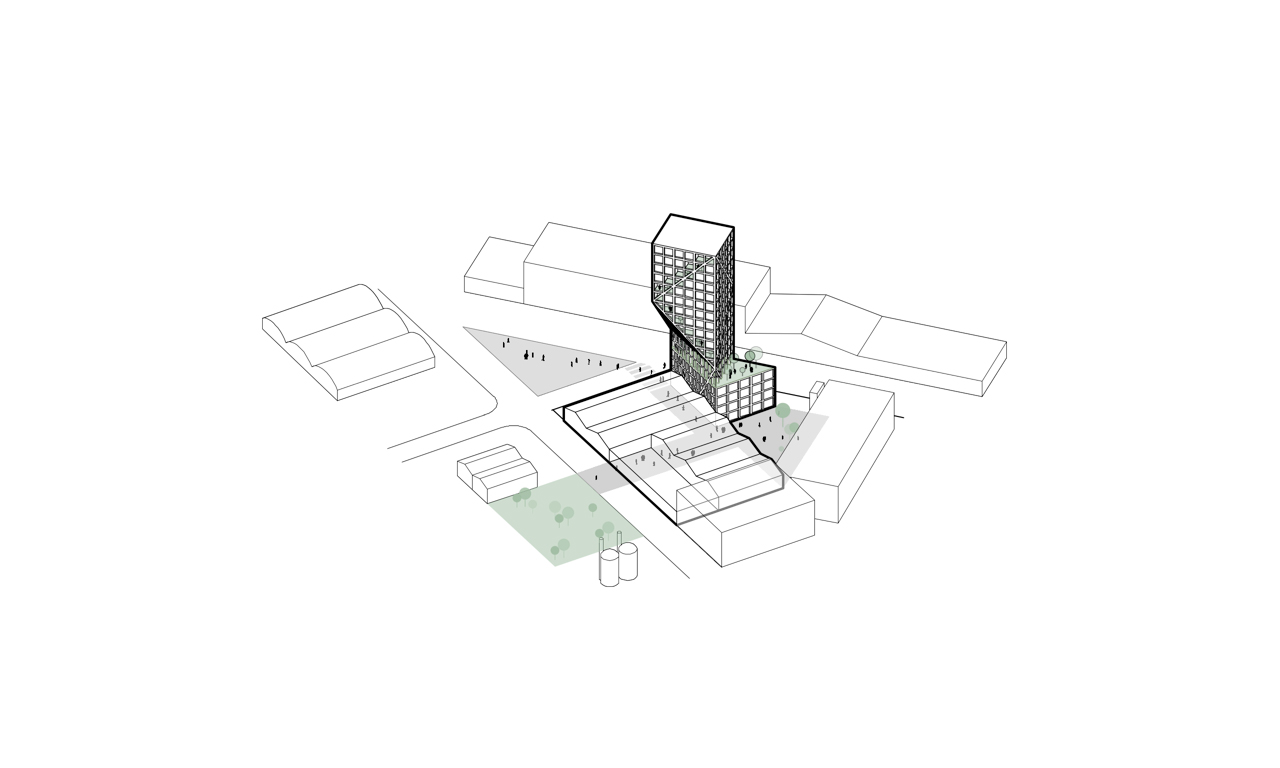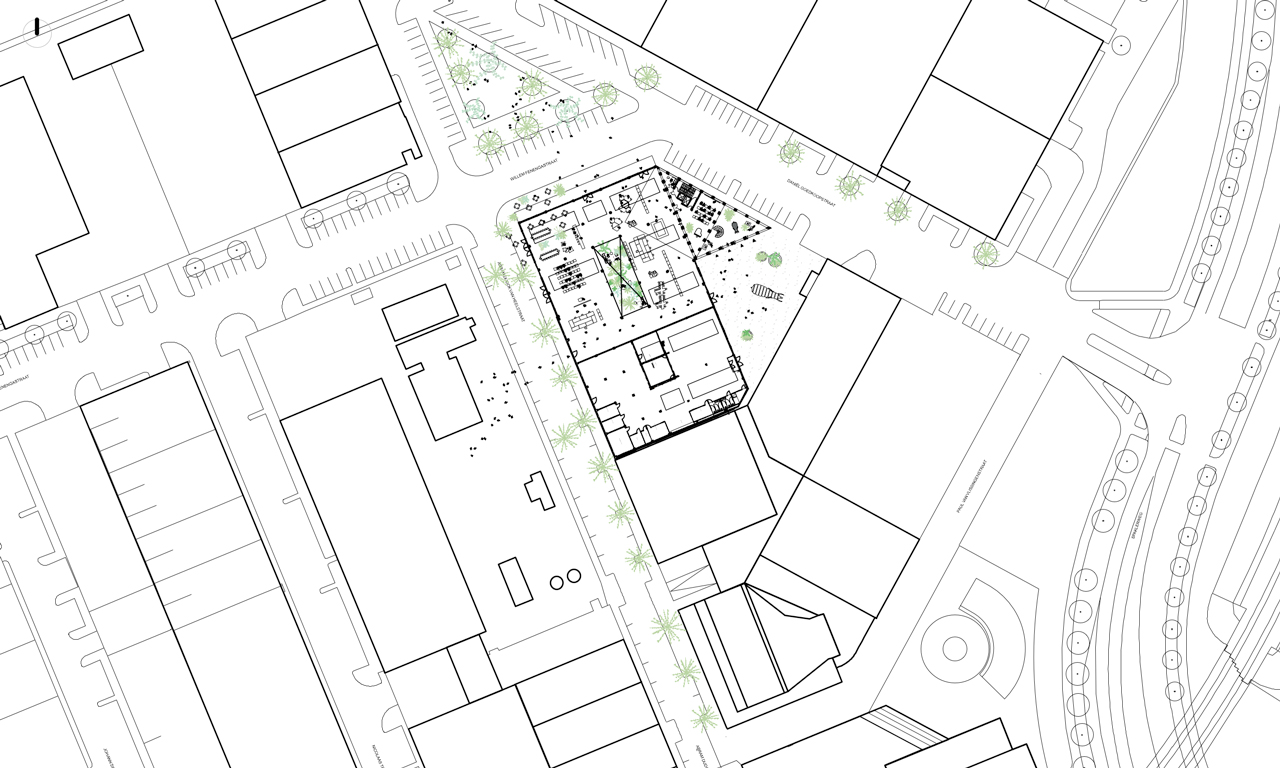2406-S9D-AMS.NL-2019
Client: Lingotto Ontwikkeling
Status: Research
Location: Amsterdam, Netherlands
Coordinates: 52.334814,4.9200795
Climate: Oceanic / maritime, Temperate
Material: Concrete
Environment: Industrial
Visualizers: Proloog, A2Studio
Scale: Large
Types: Appartment building, Housing, Office, Office building, Residential
This project presents Black Swan, the result of the research into Overamstel’s gradual transition from an industrial area to a characteristic, mixed-use district in Amsterdam. All over the Netherlands, mono-functional industrial sites are designated as potential densification areas. Their often generous layout allows for specific interventions to generate the aimed urban density. With Black Swan we propose a design as well as a strategy for welcoming, bit by bit, housing and facilities to a permanently active work area. Black Swan’s medium-rise tower is home to both workspaces and apartments; its base functions to facilitate creative offices, restaurant, bar and culture. At street level, Black Swan interacts with the existing Building B of the adjoining Kauwgomballenfabriek socially and energetically. Here, the pioneering residents and users collectively take care of the spaces within and around Black Swan.
Dense and diverse
Amstelkwartier is urbanizing at a rapid pace. Sub-area Overamstel is designated to turn into an urban district as well, but for this, the area needs to be enriched with more people and with a more human scale. Therefore, our study focused on densification of Overamstel with housing and facilities. To do so, we embrace the extensive factory halls and the generously sized traffic space. Then we position mid-size buildings with small footprints in between – like Black Swan. This way the new buildings leave room for both clear and intimate spaces, which gain public significance and liveliness, and which enhance interaction between users and residents.
Symbiosis
Black Swan and Building B of the Kauwgomballenfabriek are linked, moreover: the bold, industrial character of the warehouse is transferred to the plinth of the new building. Here, a varied program offers liveliness during the day and in the evening and creates a gradual transition from public to private realms. Black Swan’s double-height plinth is transparent to facilitate extraverted functions. Its roof functions as a collective garden, at a height that holds the opportunity for interaction with people on the streets. The floors above allow for versatile and flexible use; for apartments or for workspaces. Arup, based on diagonals, designed the grid construction. The iconic exo-skeleton is made of metal, the facade of roughly finished black concrete.
